It is cold in spring, after all, it is spring, and although there are many clothes, it is not cotton. Yesterday, from the slightly colder ancient city of Xi'an, we took a high-speed railway through the Qinling Mountains, the north-south dividing line, to Deyang, Sichuan, the land of abundance. I thought I would undress gradually, but the spring rain is as cold as Chang'an. Today, I came to Guanghan City, Deyang to participate in the "Science and Technology Association" Deyang Intelligent Sensor Industry-University Fusion Conference organized by the China Association of Science and Technology and the China instrument and watch Association.
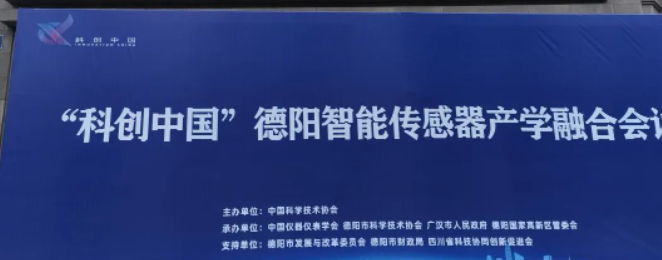
Nowadays, in the land of China, it seems that after the "chip" craze, a "sensor" heat wave is rolling in. Various places are competing to set up the "sensor valley", and this wave has also swept across western China.
Beipei in Chongqing, Baoji in Shaanxi and Deyang in Sichuan have all put up the banner of becoming the "sensing valley of western China".
I hope not to "roll in", there are enough kinds of sensors, the ocean of sensors is large enough, and all places are misplaced to develop, learn from each other, and raise the banner of Chinese sensors together is the right way.
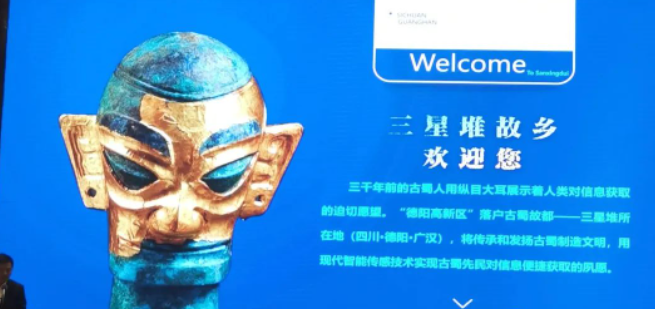
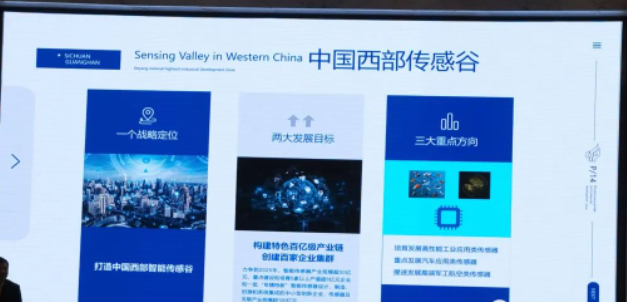
Whoo-hoo! Great work on sensors is a good thing, but it may not be possible to see it quickly. Local governments should be patient enough to engage in science and technology. after all, it is not building buildings, roads and bridges, and it is difficult to achieve immediate results.
Today, I listened to Academician Jiang Zhuangde's speech. Digital economy, numbers come from data, and the data in the industrial field must be sensors. Giving up the sensor industry is tantamount to giving up the digital economy. I think many non-sensor experts or government officials are not necessarily aware of this problem, and most of them write about human data. The real-time data of a sensor on a gas turbine given by Academician Jiang illustrates this point.
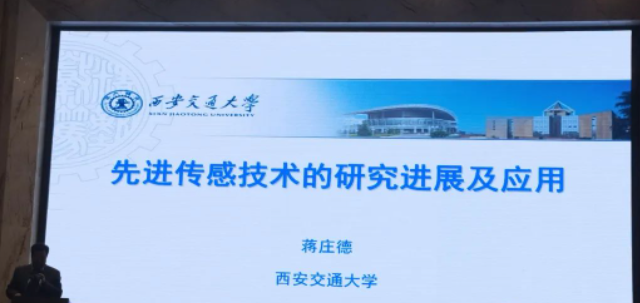
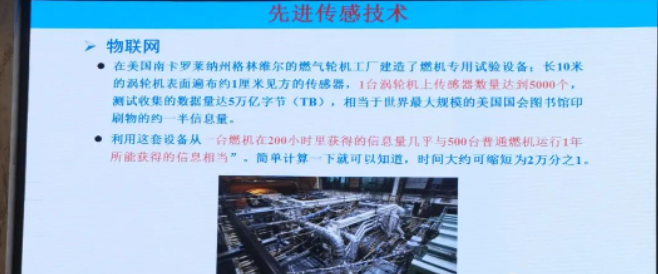
We often say that the sensors in the aerospace field are the most reliable and harshest, because the environment used is the rarest and the worst. Chen Qingsong, deputy chief engineer of Aerospace 704, gave a particularly accurate example. Let's take a look at the type and number of sensors used in aerospace. When Chinese space hero Yang Liwei went into space for the first time, he said that he felt very uncomfortable for a period of time during the ascending phase and seemed to feel desperate. By comparing the acceleration or overload sensor signals at that time, the problem was found, and this phenomenon was overcome in the subsequent manned flight. How many sensors are there in foreign space shuttles? Roughly understand, more than 90 kinds, more than 3500. How many sensors are there in China's space shuttle? How many are there? Take a look at the table below and it will be clear!
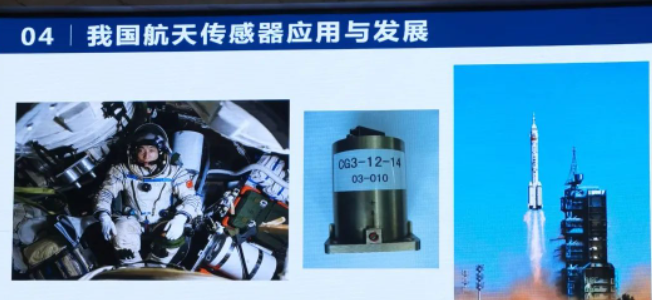
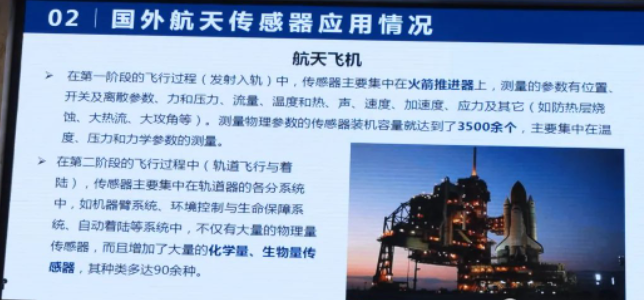
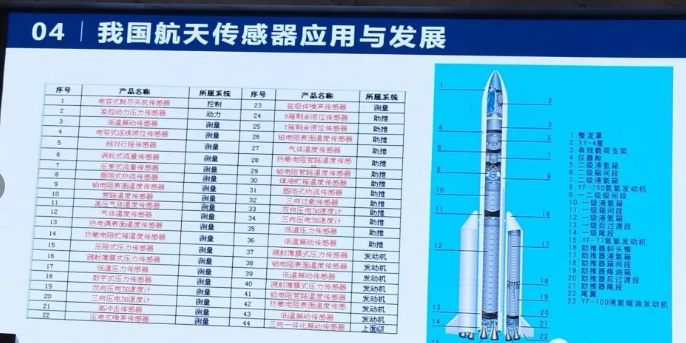
Advanced sensors and high-end sensors are two concepts to some extent. I also mentioned in God talk about sensors (90) that many sensor principles and technologies in the aerospace field are traditional, not new or advanced technologies, but to be reliable and stable, that is, high-end sensors. The sensor in the smart grid is also a type of high-end sensor, a representative. The speech from du Jun, general manager of State Grid Group Beijing Zhixin Micro Co., Ltd., summarized the various applications of sensors in the field of smart grid.
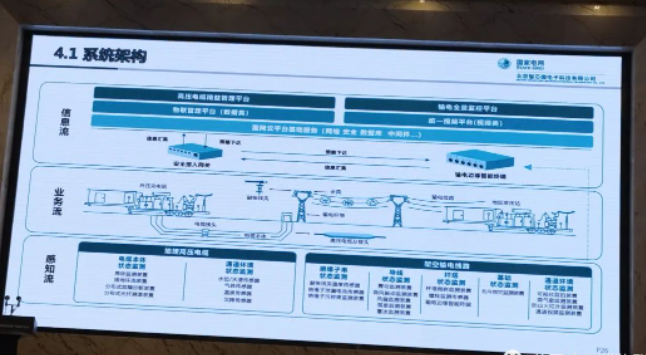
If you look at underground applications and above-ground applications, the bottom of the above picture clearly shows the typical or major applications of sensors in the power grid.
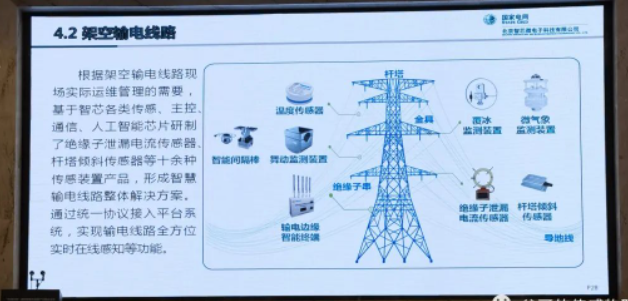
There are enough sensors on an iron tower, the harsh environment, strong electromagnetic interference, low power consumption and other problems are different from the technical performance of the sensors in the power grid (including chips, of course) and indoor sensors. When it's Gu GE's turn to appear on the stage, I mainly share how difficult it is to do sensor production, learning, and research cooperation in China, and it is even more difficult for enterprises to innovate independently.
Small and medium-sized enterprises pursue "good quality and low price", but in essence they only focus on "cheap" and forget "Wumart"; large enterprises pay attention to "reliability" and forget "innovation".
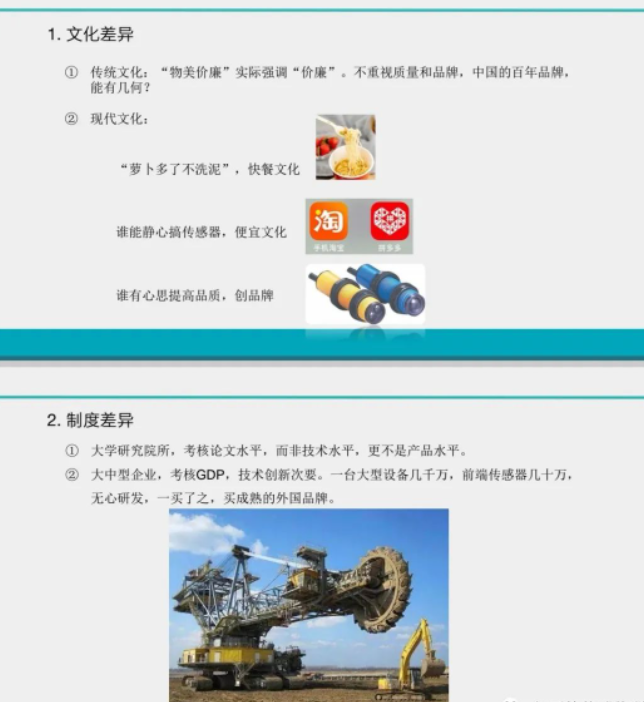
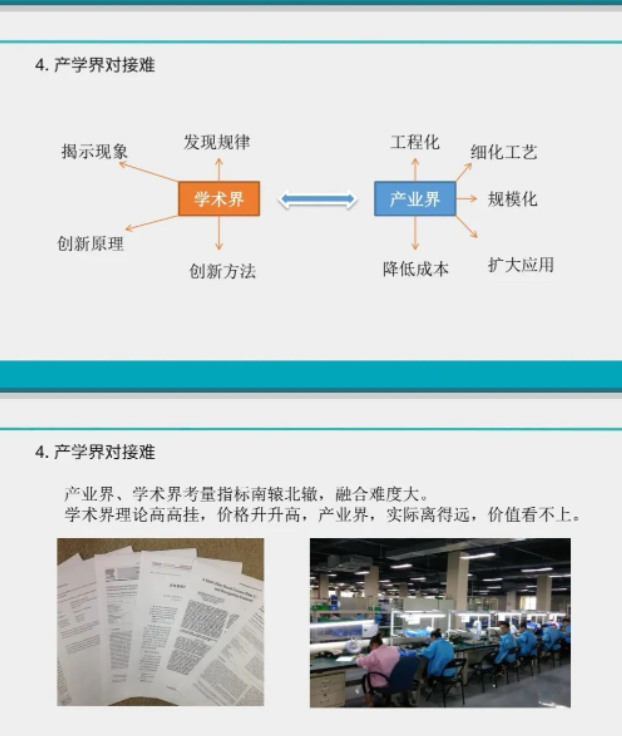

Universities, enterprises and research institutes have different evaluation systems and assessment indicators, so it must be very difficult to integrate. Basic innovation is like the number of pandas in China, too few. Everyone looks at "money" and holds "power".
The waves behind the Yangtze River push the waves ahead, and the buds grow on the old leaves. The new generation of sensors has grown up in the new era. The era of science is changing, and the Sino-US science and technology war will change our future status quo of industry-university-research integration and force us to form a group. I believe that the spring of Chinese sensors will certainly come.






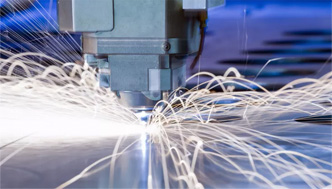




 Release Date:2023-03-27
Release Date:2023-03-27  Click on the quantity:1034
Click on the quantity:1034



